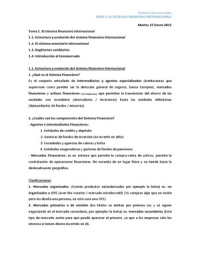Summary
Summary Unit 4: Learning theories
- Institution
- PEARSON (PEARSON)
- Unit 4 Learning psychology - Summary notes 44 pages - Includes all topics from Edexcel specification (content, methods, studies, key question and practical) - Includes exam style answers as well as detailed A01 and A03
[Show more]












